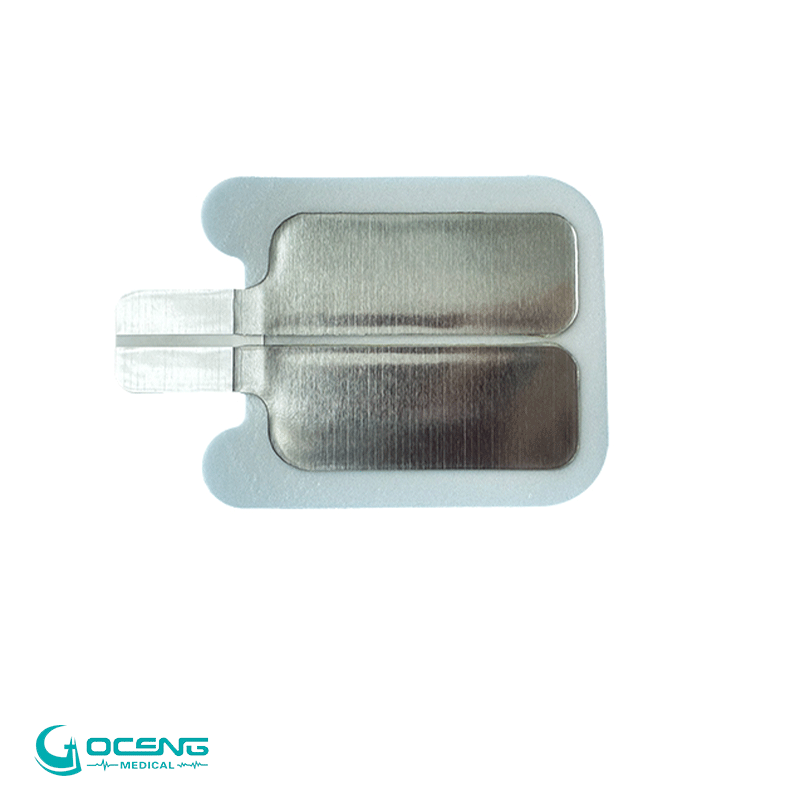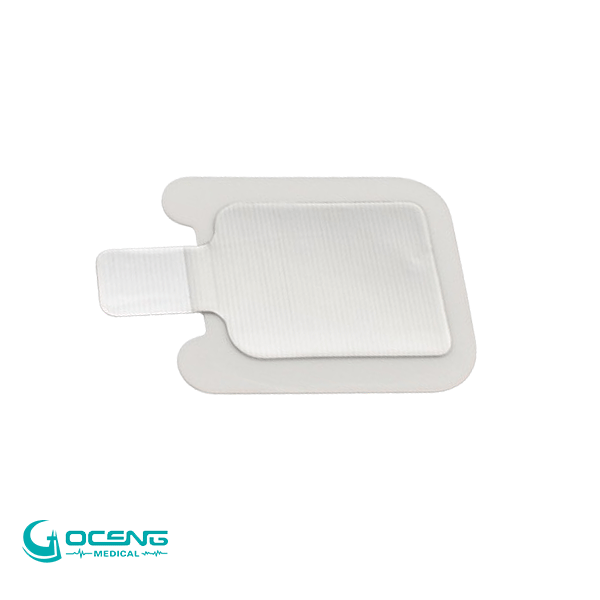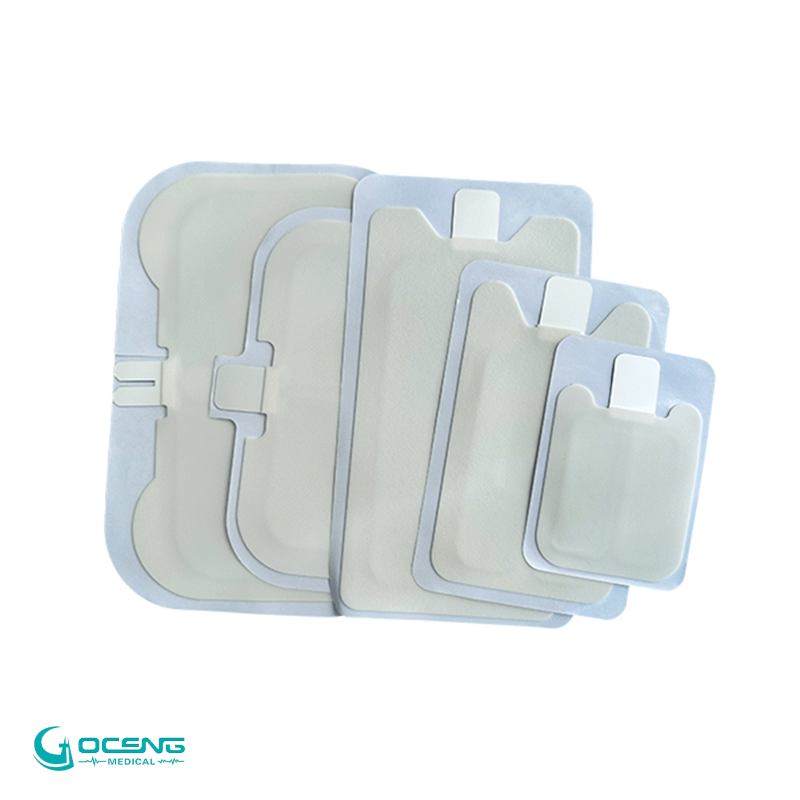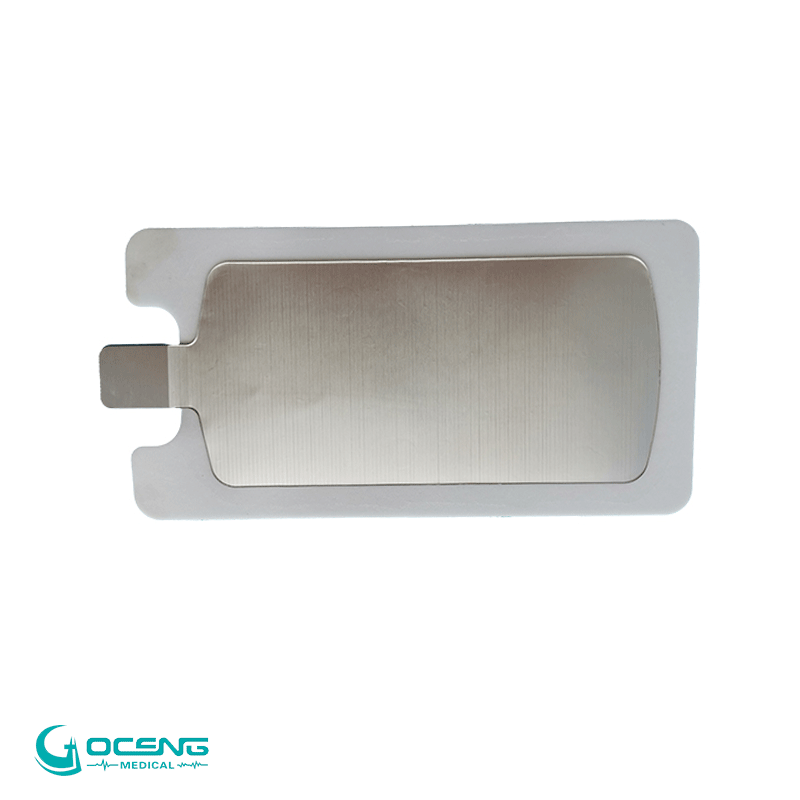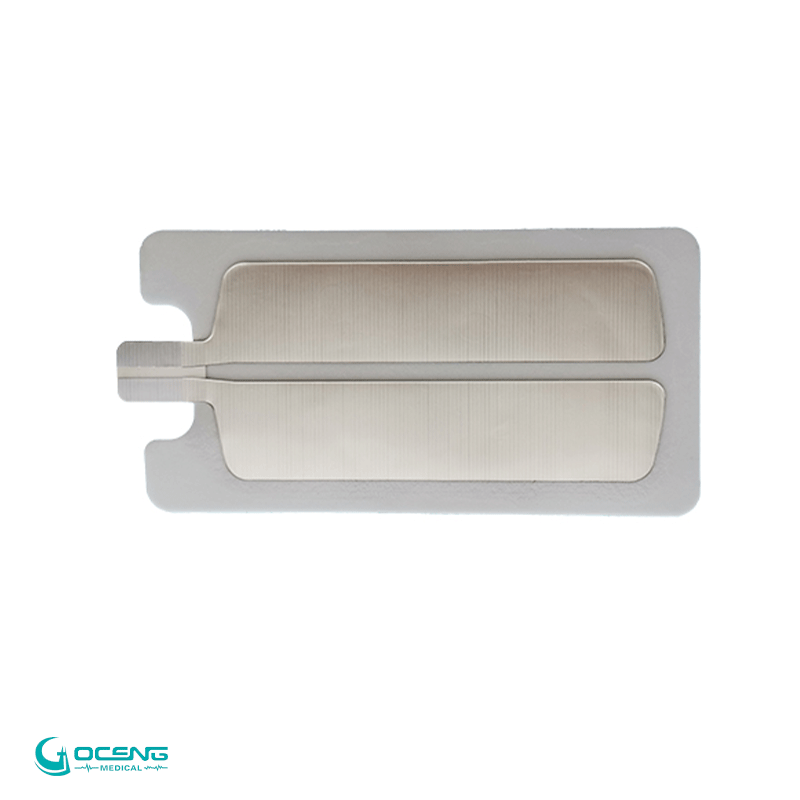|
Product Type |
AgCl Hydrogel |
|
Model Number |
GCTE-0024 |
|
Backing |
PET |
|
Sizes |
220mm*100 |
|
Roll size |
100M |
|
Thickness |
0.75-1.0mm |
|
Product Type |
AgCl Hydrogel |
|
Model Number |
GCTE-0024 |
|
Backing |
PET |
|
Sizes |
220mm*100 |
|
Roll size |
100M |
|
Thickness |
0.75-1.0mm |
|
Liner |
0.1mm PET |
|
Liner Color |
White, Orange, or customized |
|
Report |
RoHS/Bio-compatibility report |
|
Certificate |
ISO13485 /ISO10993 |
Antimicrobial Activity:
Controlled Release:
Biocompatibility:
Moist Environment Maintenance:
Wound Care:
Medical Devices:
Water Treatment:
Drug Delivery:
